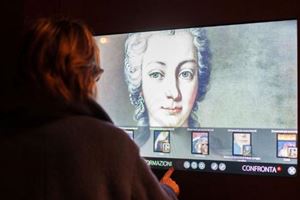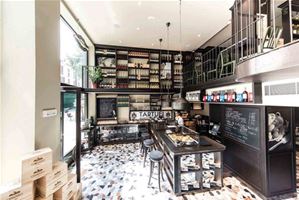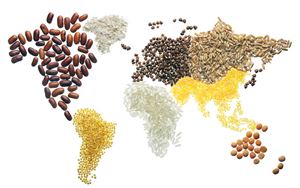Italy’s
political system has been marked by instability since late 2012, when the
country’s centre-right majority led by the People of Freedom party (PdL;
www.pdl.it) stripped the technocrat government of its support. Since then,
Italian politics has heated up in view of the upcoming general elections, set
for February 24 and 25, 2013.
Despite
Florence mayor Matteo Renzi’s fight to ensure renewal and generational change
in his party, the Democratic Party (PD; http://tinyurl.com/b5g3rlx), during the
centre-left primaries last December, seasoned politicians from both ends of the
political spectrum are back under the spotlight this campaign.
The most
notorious of these is former prime minister, Silvio Berlusconi, who initially
said he would not be the PdL candidate in the next elections to aid in his own
party’s renewal following a decline in support. However, he soon changed his
mind and launched a multimedia campaign to garner votes for his candidacy as
leader of the PdL and prime minister hopeful. The PdL, which has 18 percent
support according to recent opinion polls, recently announced it will continue to
run with its historic ally, the Northern League (LN; www.leganord.org), whose
support nationally has dropped to just over 5 percent. Recent polls show the
centre-right coalition at 28 percent; it comprises the PdL, NL, La Destra (www.la-destra.it) and the newly formed party Fratelli d’Italia (established by
former PdL members; http://tinyurl.com/bjjseh7), among other smaller parties.
Recent polls
show that the centre-left coalition, which includes the PD, Sinistra Ecologia e
Libertà (Sel; http://tinyurl.com/8elfer6) and the Radicals (www.radicali.it),
has 39 percent support among voters. At this point, it seems probable that the
centre-left will clinch a majority in both the lower house and the Senate.
Beppe
Grillo’s anti-establishment party, the Five Star Movement (M5S;
http://tinyurl.com/bfqmtsg), has been consistently losing support; it is now at
a little over 13 percent, from peaks of almost 20 percent last year.
Some of the
new faces on the scene include outgoing technocrat premier Mario Monti, who has
embraced politics as the leader of his own party, Scelta Civica con Monti per l’Italia, which
is now allied with the centrist Union of Christian Democrats (UDC;
www.udc-italia.it); support for these hovers at circa 14 percent. Another new
face on the Italian political scene is anti-mafia magistrate from Palermo,
Antonio Ingroia, who has accepted to lead the newly formed far-left party
Rivoluzione Civile (www.rivoluzionecivile.it), which has over 4 percent support
in the polls. Finally, a new party called Fermare il Declino (www.fermareildeclino.it), led by the journalist Oscar Giannino, will also run
in the next elections, so far with minimal public support at 1 percent.
Eligible voters, however, will see many more logos on the ballot next February. On January 14, 2013, the same day TF 175 went to press, the Interior Ministry displayed a record 215 logos from parties, movements, associations, local and special interest groups that want inclusion on ballots. Although there were the logos of Italy’s main parties, the majority seemed to be the result of exhibitionism or dissatisfaction with Italian politics. Logos ranged from Th eBunga Bugna Movement to Stop Taxes and Banks to logos linked to Rome’s rival football teams, Lazio and Roma. Finally, there is even a logo for those who intend to withdrawl their vote in protest: I don’t Vote.
The number
of undecided voters is currently estimated at 10-15 percent.
Data source:
recent opinion polls, gathered and published by Electionista.com.
[This article was revised on January 17, 2013 to incorporate new information since going to press on January 14, 2013.]







